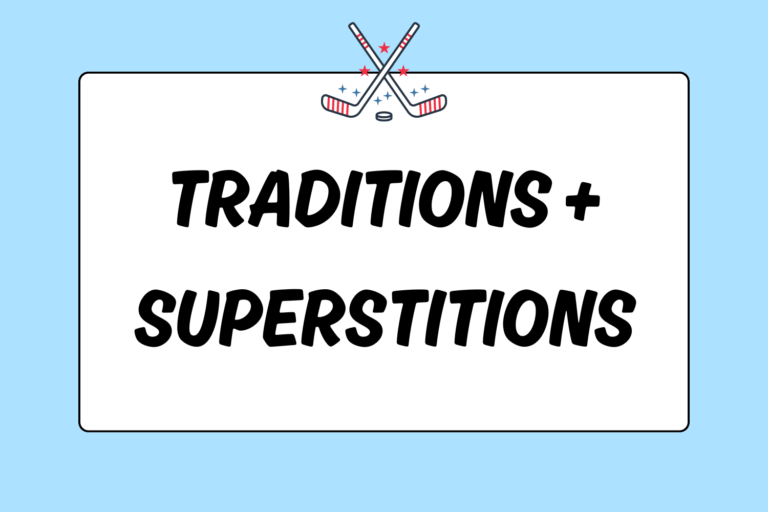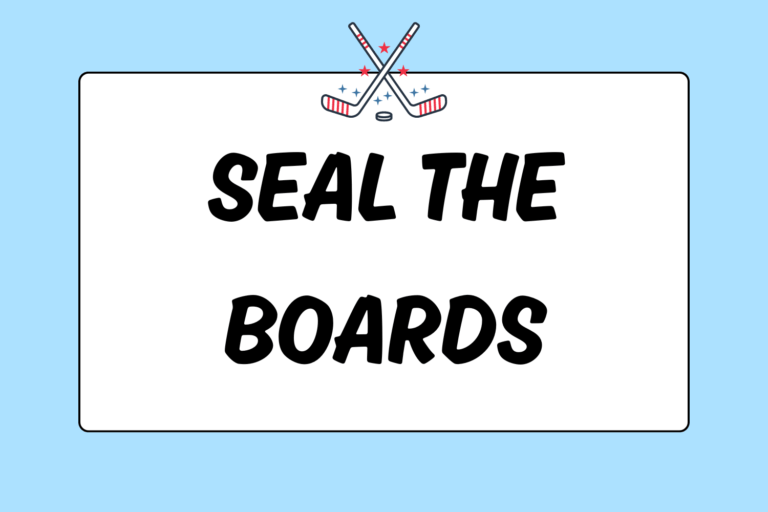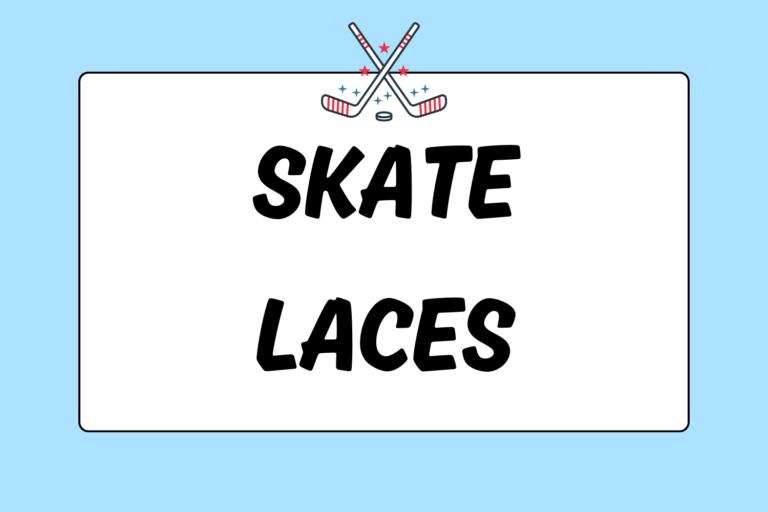The backhand shot is the least regularly used shooting technique, and perhaps with good reason: It’s only effective in specific situations. A backhand is the slowest and most inaccurate shot in the game, so players only resort to it when there is just the goalie to beat. They are, however, very hard for a goaltender to predict, making them a dangerous weapon to have in your arsenal.
Backhand shots involve very little movement, so they take less time to prepare. There are times when — near the net — you have the puck on your backhand and simply don’t have the time or space to switch to your forehand. In this situation, you have to be able to get off a quality shot by using your backhand. While the shot might not come off the stick very fast, it can catch goalies off-guard due to its unpredictability.
Backhand Shot Mechanics
Follow these steps to learn how to take a backhand shot:
- Start with your feet shoulder-width apart, and your knees slightly bent.
- Make sure your top hand is just below the butt end of the stick, and your bottom hand is about a third of the way down it.
- Instead of bringing the puck behind your back leg like you do when taking a wrist shot, pull it back so it’s about even with your rear skate. The puck should be resting against the back of your blade.
- With your stick’s blade corralling the puck and your weight on your back leg, bring your stick across your body and toward the target.
- As your arms move forward, shift your weight to your front leg while also putting downward pressure on the stick. Your front shoulder should begin low, but then rise up during your follow through.
- Roll your wrists upward during your release to lift the puck off of the ice.
- Follow through by pointing the blade of your stick at the target.
When to Take a Backhand Shot
Take a backhand shot when you are at a close range and don’t have the time or room to switch to your forehand. Backhands are especially dangerous if you’re alone with the goalie. Backhands are deceptive, and hard for goalies to read as they come off the stick.
Positives
Backhand shots are quick, sneaky, and difficult to predict. While they’re not normally a shooter’s best shot, they can be the only one available in a certain situation.
Negatives
Backhand shots are generally slow and inaccurate. Backhanders are not a good option if you have time and space on your forehand, as they are less accurate than wrist shots and slower than slap shots.
Amazingly True Story
Hockey legend has it that in 1972, an 11-year-old boy met his idol: National Hockey League (NHL) great Gordie Howe. Howe, also known as “Mr. Hockey,” finished his NHL career with 801 goals and total 1850 points. The 11-year-old boy asked Mr. Hockey for advice, and was told to work on his backhand. Little did Howe know that his all-time points record would be broken 17 years later on a backhand shot by that same young boy: Wayne Gretzky. It would seem the advice paid off!
Tips for Practicing Backhand Shots
You should practice your backhand-shooting technique in an open area of the ice where you have plenty of space. Take a puck and stand about 10-feet away from the sideboards. Practice backhand shots over and over again until you become comfortable with the technique.
Remember that tennis (or street hockey) balls can be your best friend! Practicing your backhand with a ball gives you a good “feel” for rising shots, because balls are easier to get under than pucks. Plus, this strategy lets you practice at home, which saves your ice time for skating-specific drills.
Back to Basics
Backhands are not a hard, accurate, or quick-release shot. But because they are so unpredictable, they are still very useful and dangerous. Backhand shots will rarely be your first shot option, but they will often be your best (or only). Practice them meticulously, and you’ll be scoring off your backhand in no time!





